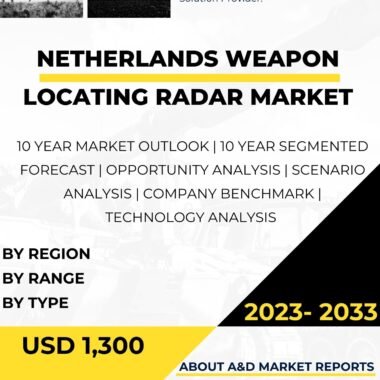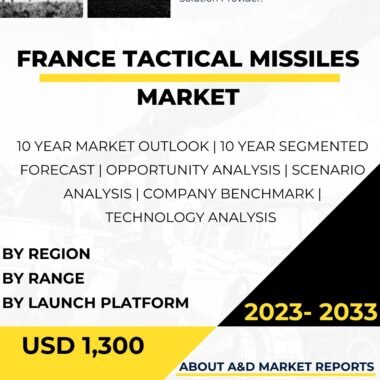Description
The Close-in Weapons Systems (CIWS) market in Malaysia plays a critical role in the country’s defense strategy and maritime security efforts. As a nation with significant maritime territory and geopolitical importance in Southeast Asia, Malaysia recognizes the importance of safeguarding its waters and protecting its naval assets from various threats.
Close-in Weapons Systems are sophisticated defense systems designed to provide a final layer of protection against incoming threats, such as anti-ship missiles, aircraft, and small boats. These systems are primarily installed on naval vessels and act as a last line of defense to intercept and destroy threats that have penetrated other layers of the ship’s defense systems.
The CIWS market in Malaysia has evolved to address the changing nature of maritime threats and the need for enhanced naval capabilities. Malaysia’s commitment to maritime security and territorial defense has led to significant investments in advanced CIWS technologies and capabilities.
One of the primary objectives of the CIWS market in Malaysia is to enhance the survivability of naval vessels and protect maritime assets from asymmetric threats. The country’s extensive coastline and vast maritime territory make it vulnerable to various security challenges, including piracy, smuggling, and territorial incursions. By equipping naval vessels with CIWS, Malaysia aims to deter potential threats and ensure the safety of its maritime domain.
The acquisition and integration of CIWS are part of Malaysia’s broader defense modernization efforts. The government’s focus on enhancing naval capabilities includes the procurement of advanced naval vessels equipped with state-of-the-art CIWS systems. Collaborations with international defense companies and technology providers have facilitated access to cutting-edge CIWS technologies and expertise.
Moreover, Malaysia has also shown interest in developing indigenous CIWS capabilities. Collaborations between local defense companies and foreign manufacturers have facilitated technology transfer and knowledge exchange, fostering the growth of the domestic defense industry. Indigenous development allows Malaysia to customize CIWS systems to meet its specific operational needs and contribute to the growth of the local defense industry.
The CIWS market in Malaysia also plays a vital role in enhancing the country’s maritime surveillance and domain awareness capabilities. Some CIWS systems are equipped with radar and sensor capabilities, enabling them to contribute to situational awareness and detect potential threats early in their approach. This information is invaluable in initiating proactive response measures and optimizing the use of other defense systems.
Training and education are critical aspects of the CIWS market in Malaysia. Proper training of naval personnel ensures that they are proficient in operating and maintaining CIWS systems effectively. Regular exercises and drills contribute to enhancing the effectiveness of CIWS operations and response capabilities.
Challenges in the Malaysian CIWS market include the evolving nature of maritime threats and the need to stay ahead of emerging risks. The dynamic nature of maritime security challenges requires continuous research, innovation, and adaptation of CIWS technologies to counter new and evolving threats effectively.
Budgetary considerations also play a crucial role in the CIWS market. The acquisition and maintenance of advanced CIWS systems can be costly, requiring careful planning and prioritization of defense expenditure.
Moreover, the CIWS market requires close coordination and integration with other naval defense systems. Effective communication and information-sharing mechanisms are vital to ensure a cohesive and integrated approach to maritime security and defense.
Environmental factors, such as saltwater corrosion and harsh maritime conditions, also pose challenges in maintaining CIWS systems’ operational readiness. Regular maintenance and inspections are essential to ensure the reliability and performance of CIWS systems.
The CIWS market in Malaysia is also influenced by international norms and agreements related to arms control and non-proliferation efforts. Malaysia adheres to international regulations and guidelines, ensuring responsible use and deployment of CIWS systems.
In conclusion, the Close-in Weapons Systems (CIWS) market in Malaysia plays a crucial role in the country’s defense strategy and maritime security efforts. The adoption of advanced CIWS technologies enhances the survivability of naval vessels, deters potential threats, and protects Malaysia’s maritime domain. Collaborations with international partners and indigenous research and development efforts contribute to Malaysia’s strategic capabilities and the growth of the domestic defense industry. The government’s commitment to maritime security and defense modernization demonstrates Malaysia’s dedication to safeguarding its waters and protecting its territorial integrity. Additionally, the versatility of CIWS technologies extends beyond naval defense to support maritime surveillance and domain awareness, contributing to national security and maritime safety.




